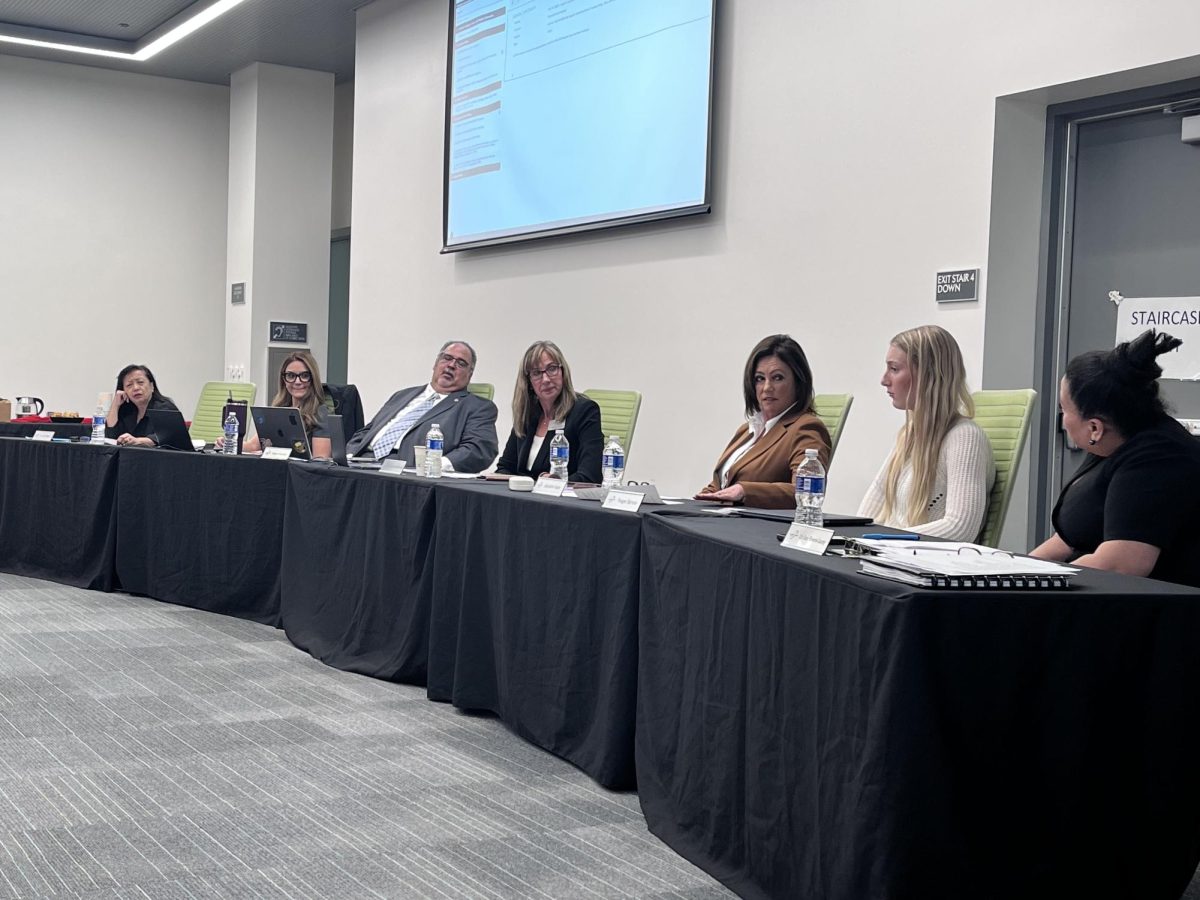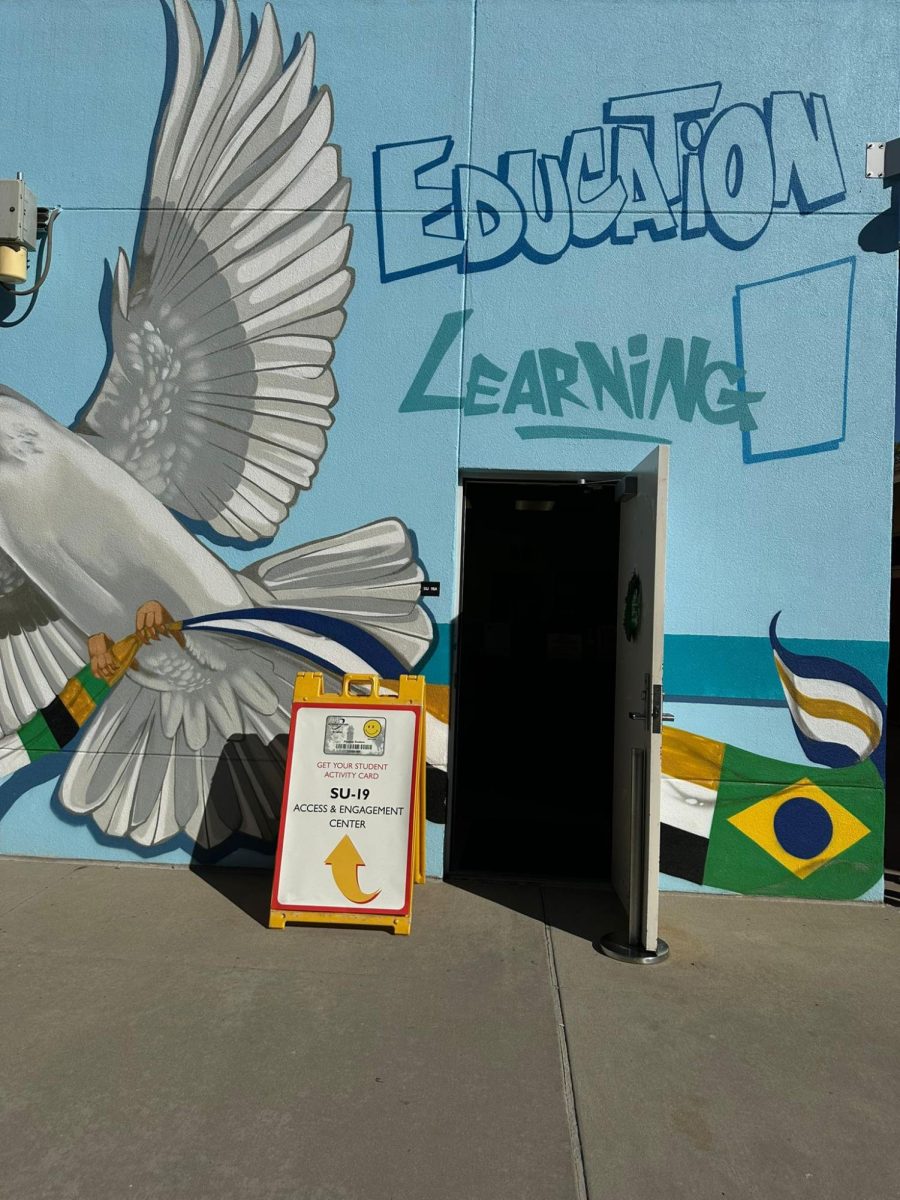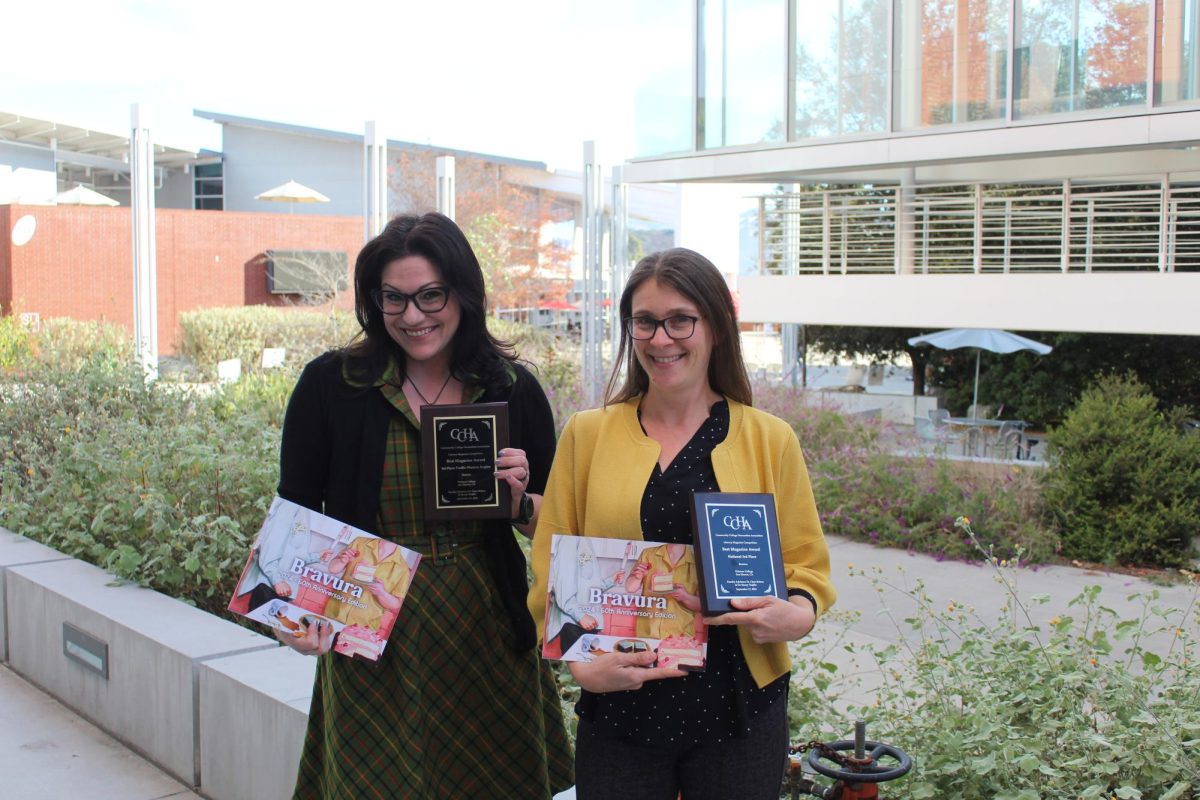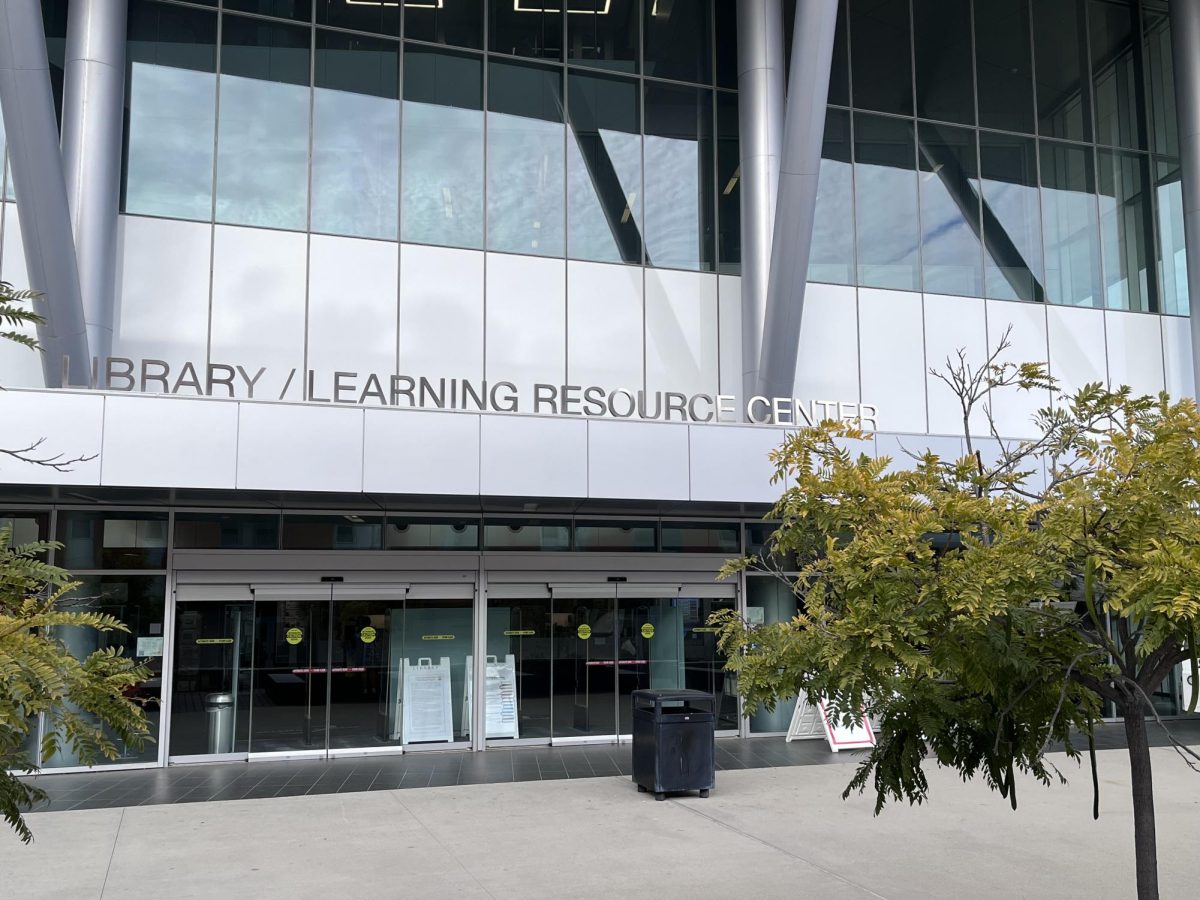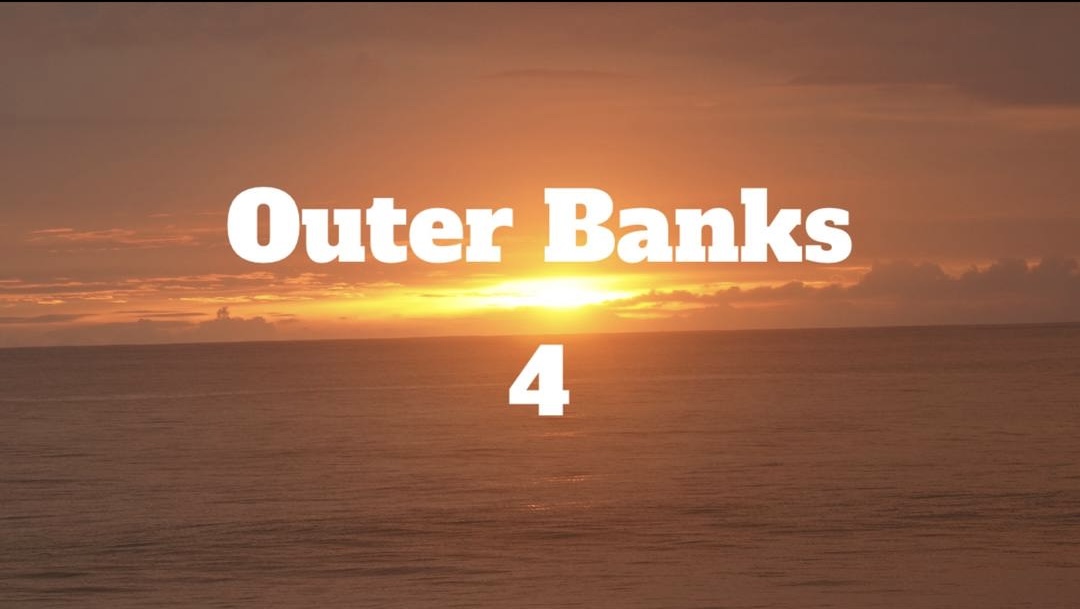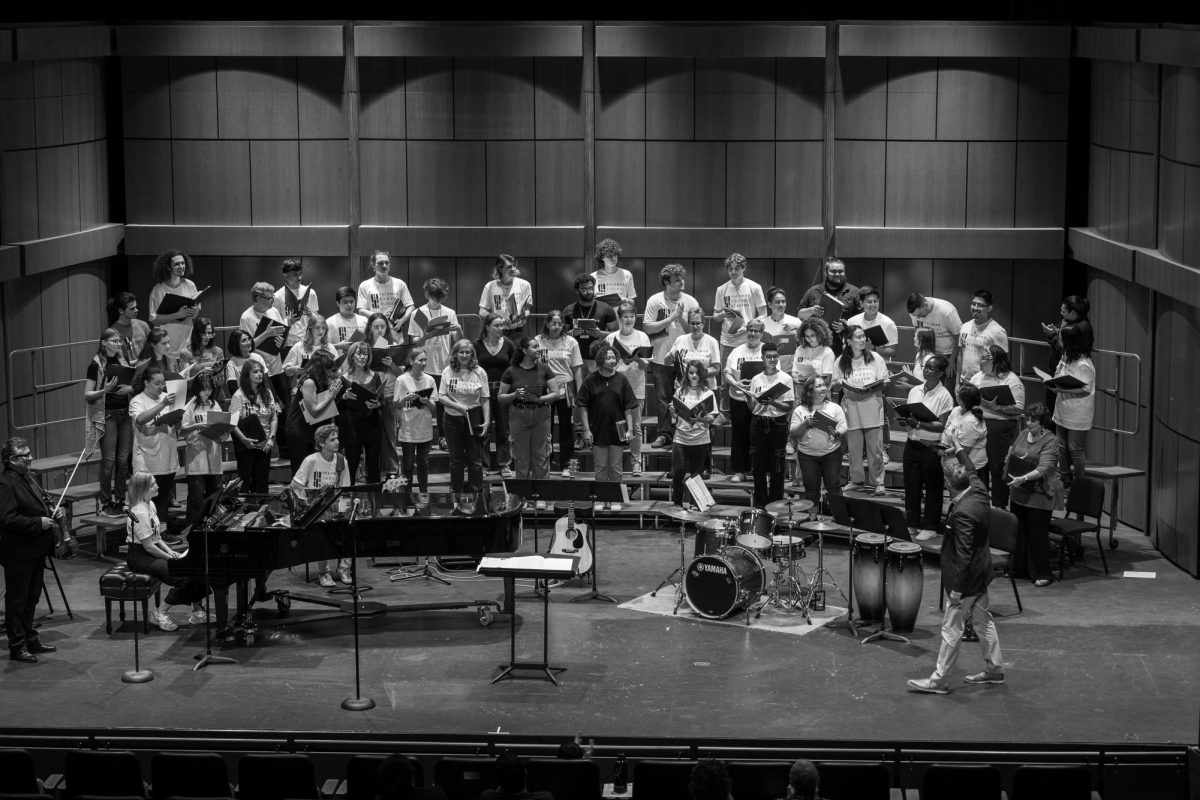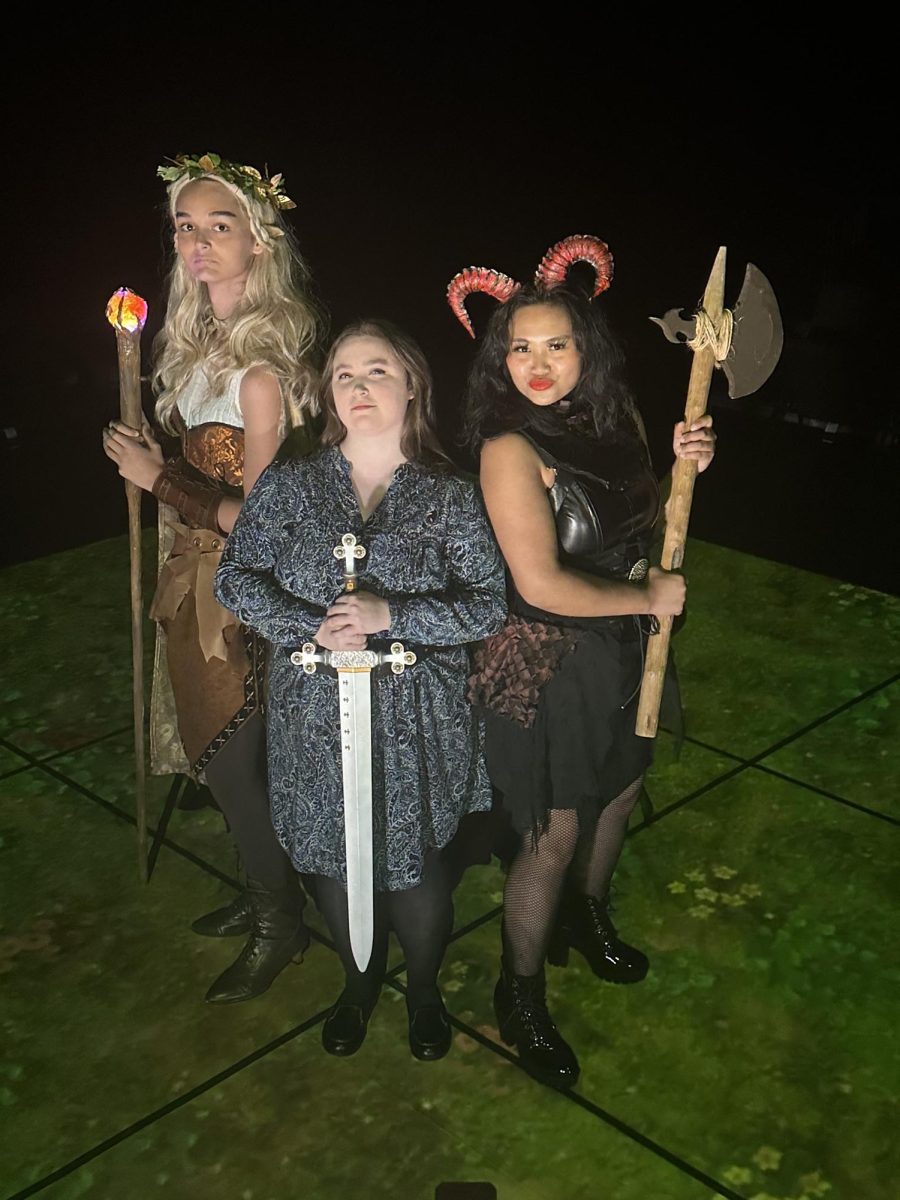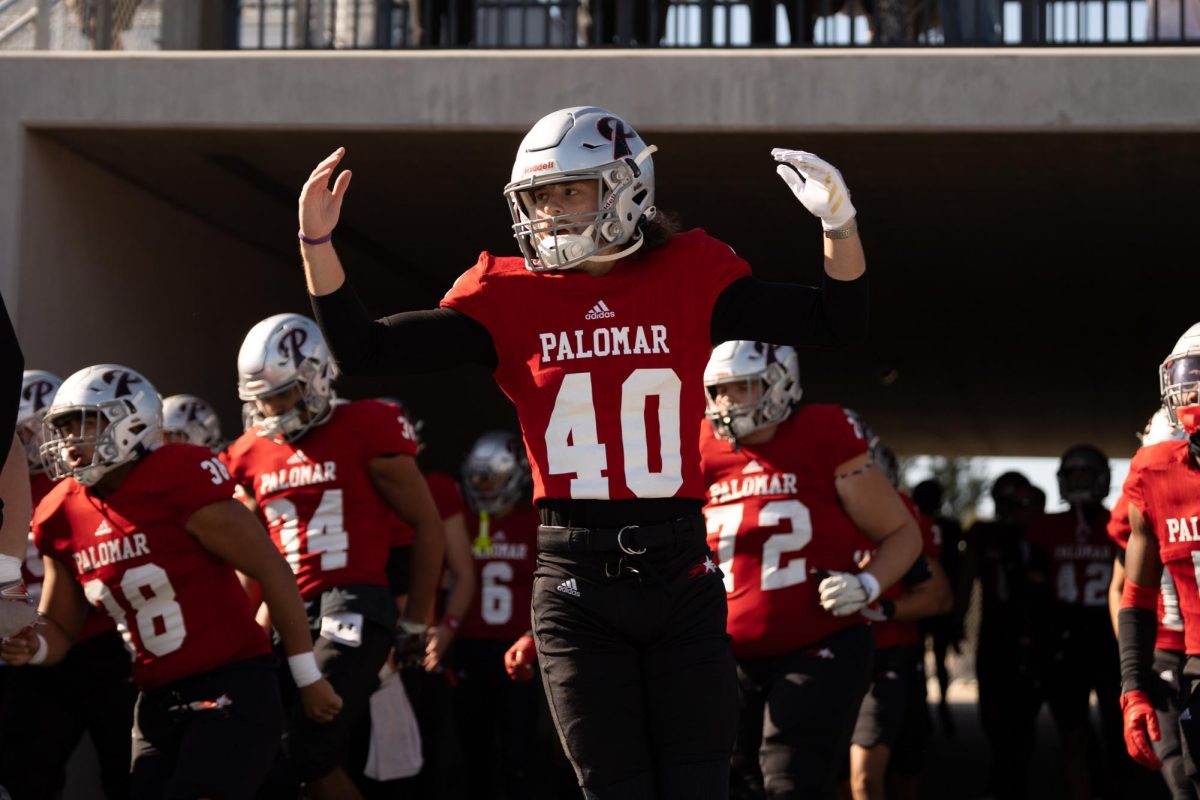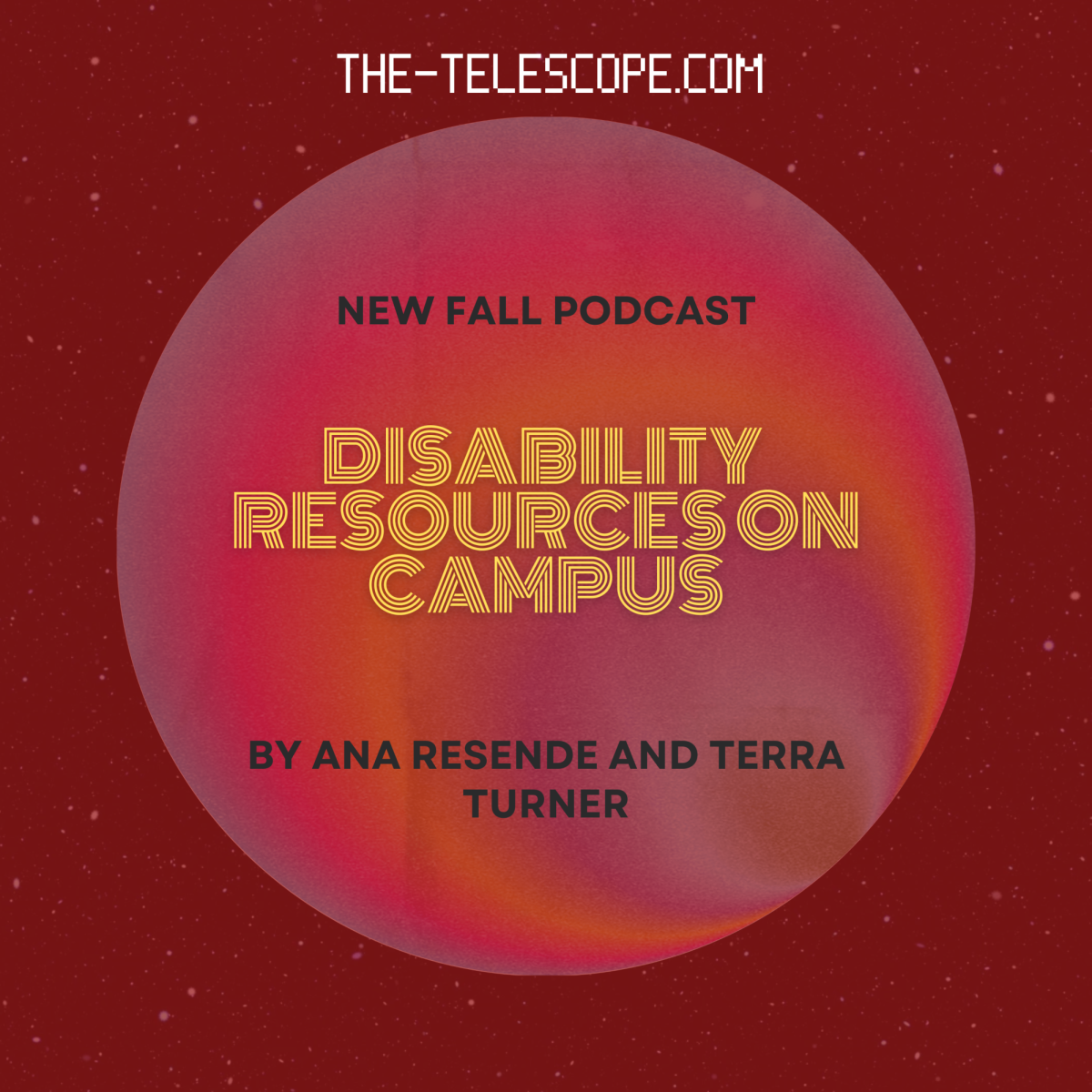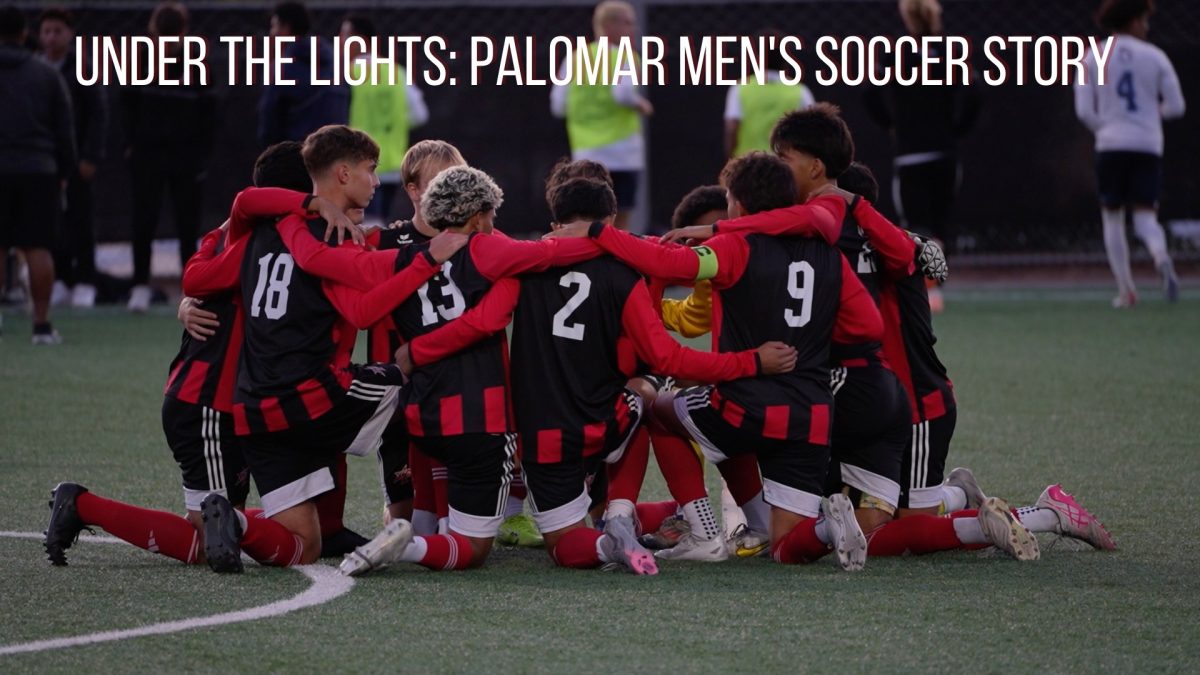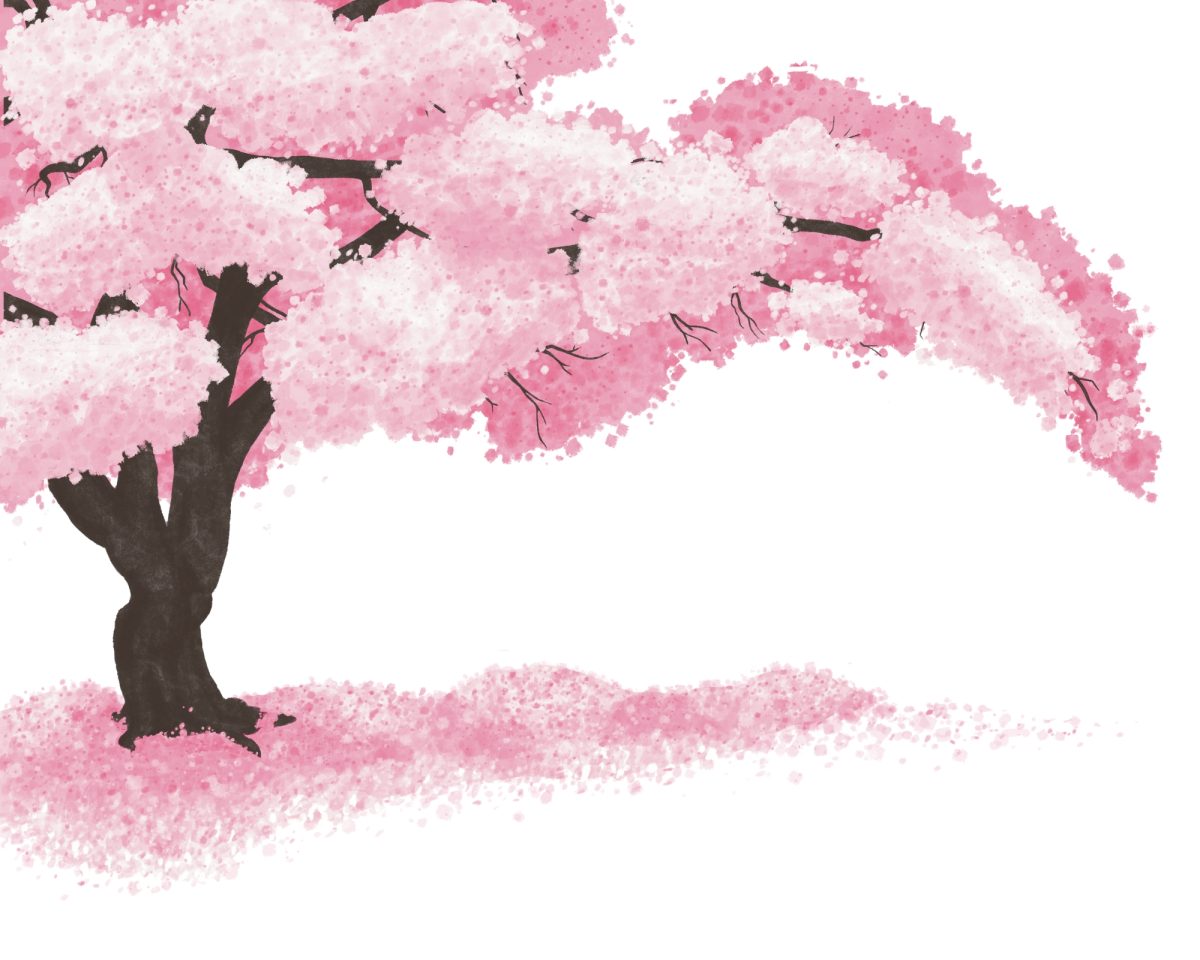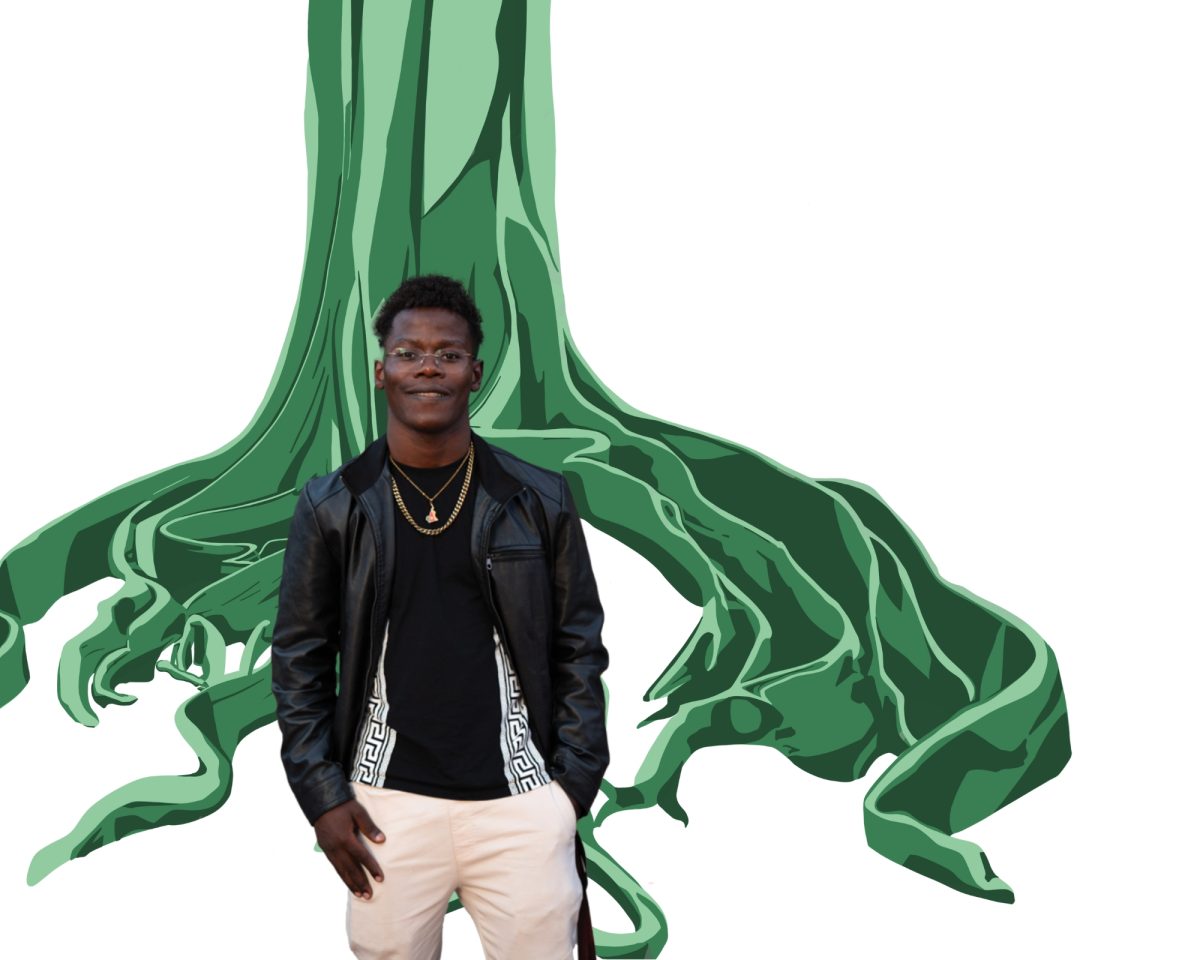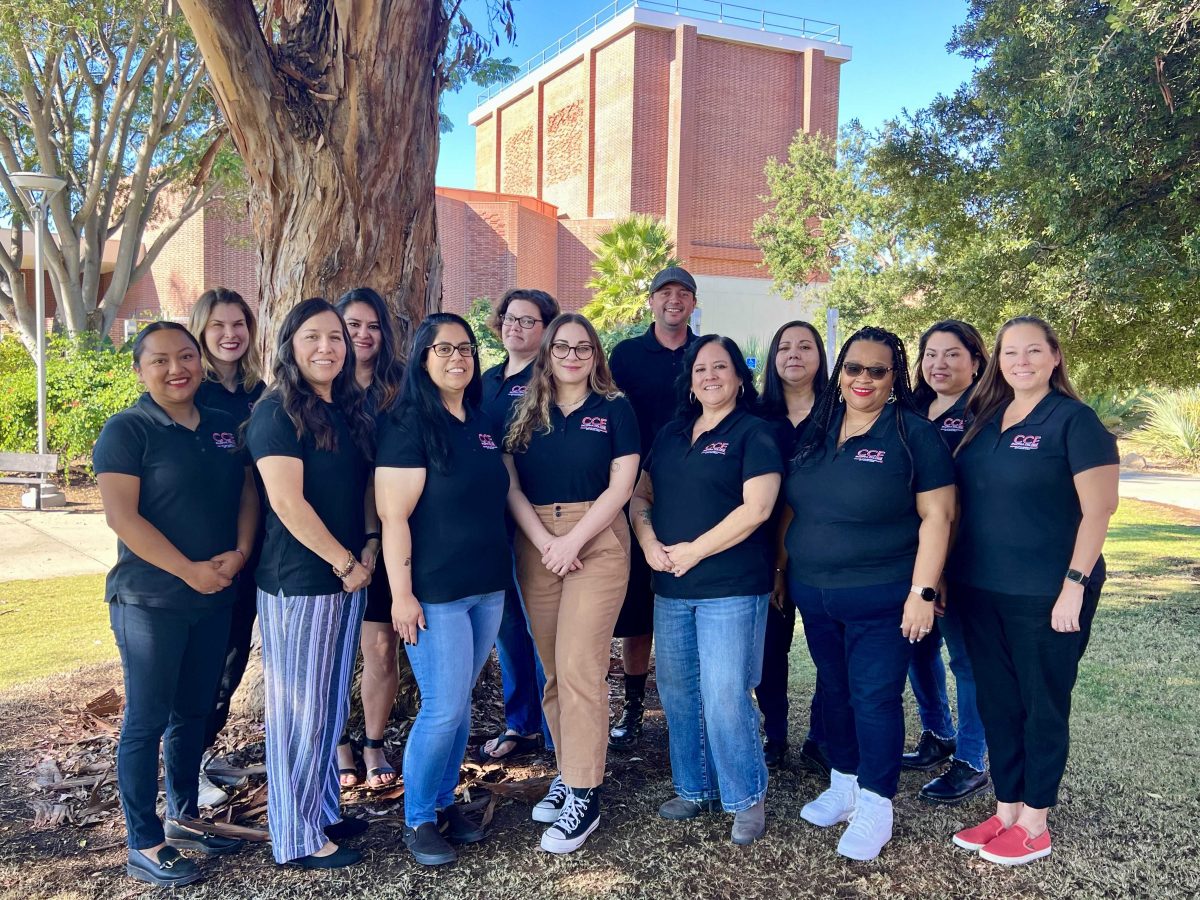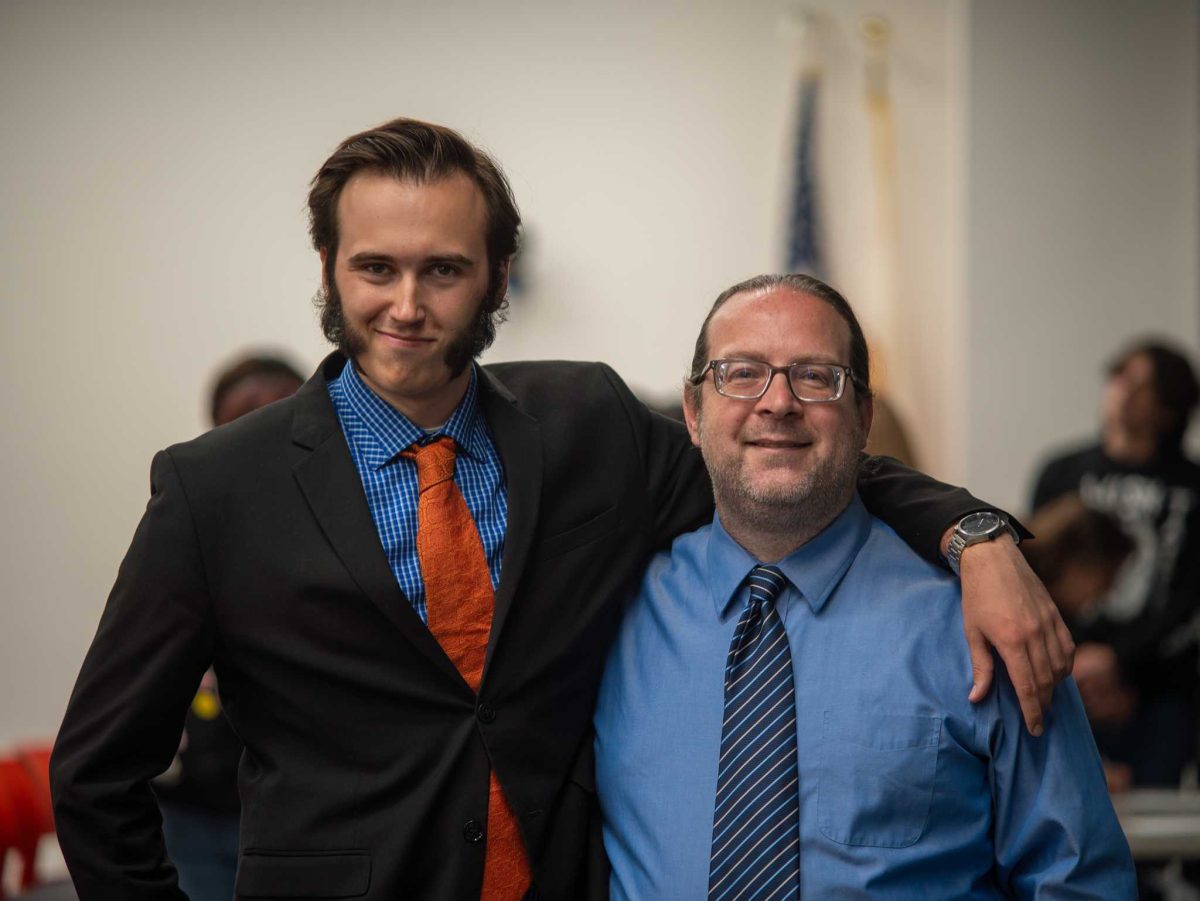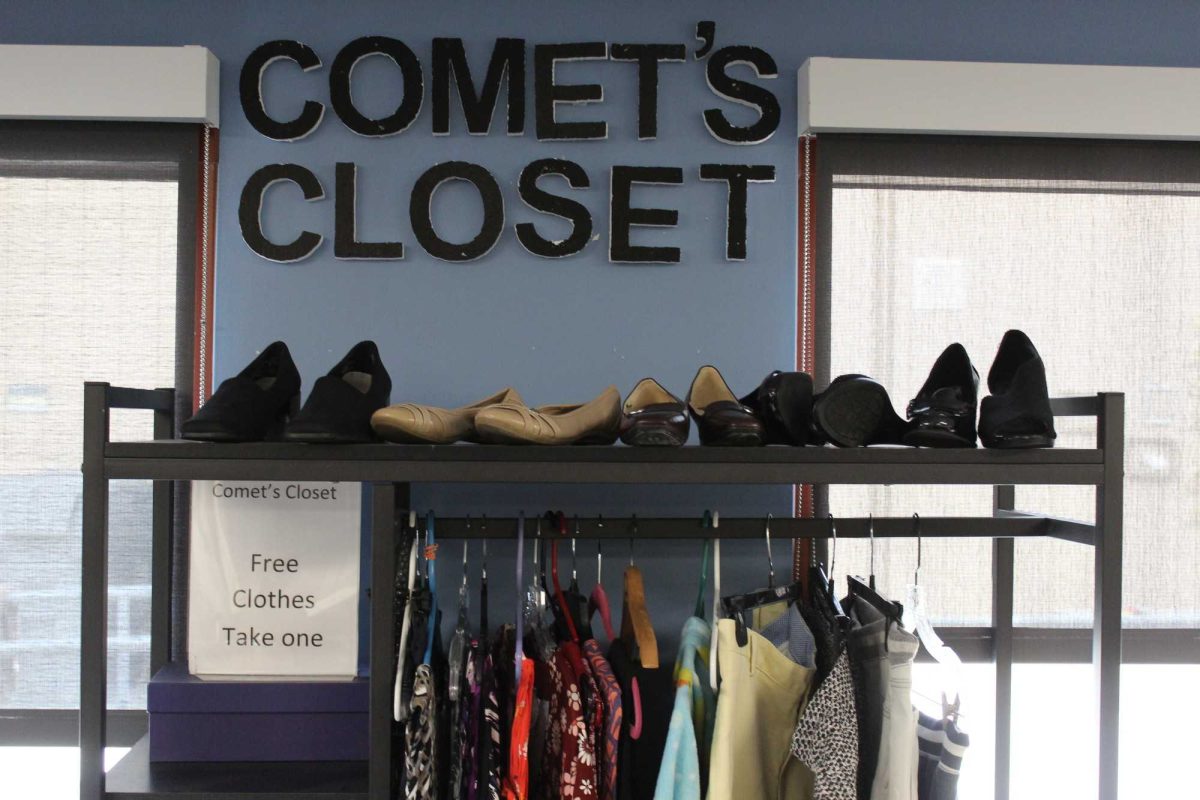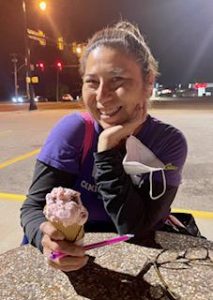SAN MARCOS – The 2008 film “Somebody’s Daughter (1491- )” focuses on missing persons and murder cases, such as the murder of Ashley Heavy Runner, where the family did the majority of the investigation. And Hannah Harris, who would have been 31 this year. Her birthday was made the day of observance for missing and murdered Indigenous women (MMIW).
The lack of urgency in investigations is shocking. Families are often denied the opportunity to report missing persons within the vitally important 48-hour window. Activists like Letara LeBeau and government officials such as state representative Rynalea Pena Discuss the problems and difficulty in getting the police to act once Native persons go missing.
The problem is a confluence of many factors. There is a large territory to cover. There are disputes on jurisdiction over federal and adjacent lands, the inability of tribal police to arrest and prosecute non-Natives, and the invisibility of Indigenous persons whose ethnicity is often noted as “other.” As Palomar College professor Diana Ortiz said, “non-Indigenous persons… grow up seeing Indians as only in the past.” Also, there is the fact of under-resourced tribal governments, the rising influence of the drug trade, the human trafficking associated with the man camps and resource extraction on Indian lands, and racism.
The majority of the perpetrators are not Native, according to the Bureau of Indian Affairs. Indigenous women in North America are 2.5 times more likely to be sexually assaulted. In Canada (https://www.cbc.ca/news/canada/british-columbia/highway-of-tears-monument-prince-george-mmiwg-1.6580553), Native women are six times more likely to be murdered than the general population. In the USA it is 10 times. Canada has a “highway of tears,” and “starlight tours” where people were driven out to remote areas and left to freeze to death outside without adequate clothing or a way back to shelter. I-90 is a second highway of tears because of women being trafficked along it. The film also discusses how this isn’t just a problem in North America. Indigenous women are targeted all over the world.
UCSD’s Dr. Elena Hood says, “Native American and Indigenous communities are relentless and will continue to seek justice for MMIP victims and to curtail the violence in our communities. But addressing the MMIP crisis requires a collaborative commitment of multiple tribal, state, and community organizations and individuals. The work requires partnership and solidarity.”
Home | Somebody’s Daughter – MMIW Film director Rain also directed “Say Her Name,” and the upcoming “Ni Una Mas (Not One More),” a trilogy dealing with missing and murdered Indigenous people (MMIP) or MMIW. He served on President Biden’s Indigenous Policy Committee and drafted federal and state legislation regarding MMIP. He is also an advisor for the Rocky Mountain Tribal Leader’s Association and a UN Ambassador for the International Romani Union.
Palomar College and the American Indian Studies department hosted the screening of “Somebody’s Daughter (1491- ),” on March 16, 2023, among the presentations and screenings of films during Women’s history month. In May there will be a 2023 National Week of Action for MMIW | NIWRC organized by the National Partners Work Group on Missing and Murdered Indigenous Women and the MMIW Family Advisors.
Professor Ortiz hosted the presentation and provided resources and materials for contacting organizations to learn more about the topic as well as providing the telephone numbers which can aid persons seeking help. These are The Domestic Violence Support | National Domestic Violence Hotline (1-800-799-7233), StrongHearts Native Helpline | Home (1-844-762-8483), The National Indigenous women’s Resource Center Welcome | NIWRC (406-477-3896)

